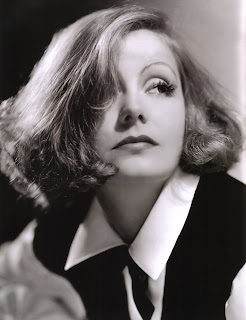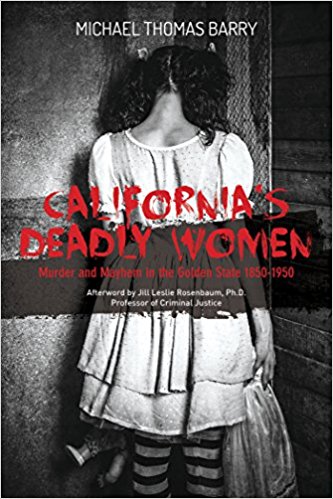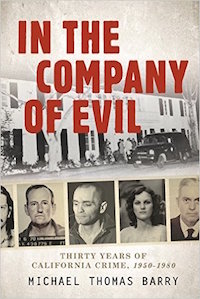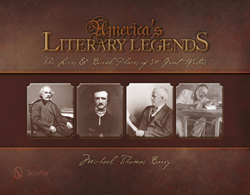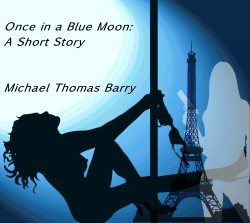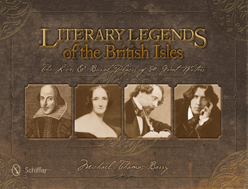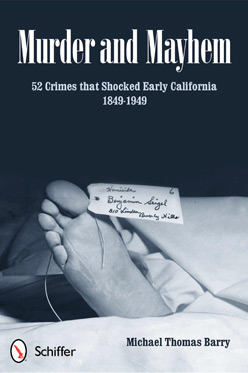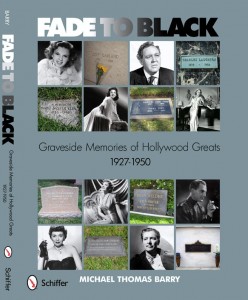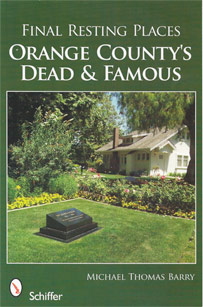09.25

On September 25, 1959, mobster Anthony Carfano, known as Little Augie Pisano is shot to death in Queens, New York City on the orders of Meyer Lansky. Carfano was a Captain the Luciano Organized Crime Family. His was murdered because he refused to meet with Vito Genovese after Genovese took control of the Family in 1957. He was shot to death in his car on a street in Queens, New York, along with Janice Drake, a former Miss New Jersey and wife of comedian Alan Drake. During dinner at Marino’s restaurant in New York City, Carfano allegedly received a phone call. After hanging up, he told his group that he and Drake had to leave; he had been called away “on urgent business”. Carfano and Drake left and drove away in his Cadillac. Police later theorized that this phone call was from Frank Costello warning Carfano about a possible hit. When Carfano and Drake left the restaurant, they were allegedly heading to La Guardia Airport to board a flight to Miami. However, according to this theory, assassins had anticipated such a move and had hidden in the back seat of Cafano’s Cadillac. Once on the road, the gunmen forced Carfano to drive to a quiet location near the airport. At 10:30 that evening, 45 minutes after Carfano and Drake left Marino’s, their bodies were found in Carfano’s car near the airport. Both had been shot in the head.
Michael Thomas Barry is a columnist for CrimeMagazine.com and is the author of Murder & Mayhem 52 Crimes that Shocked Early California 1849-1949.






